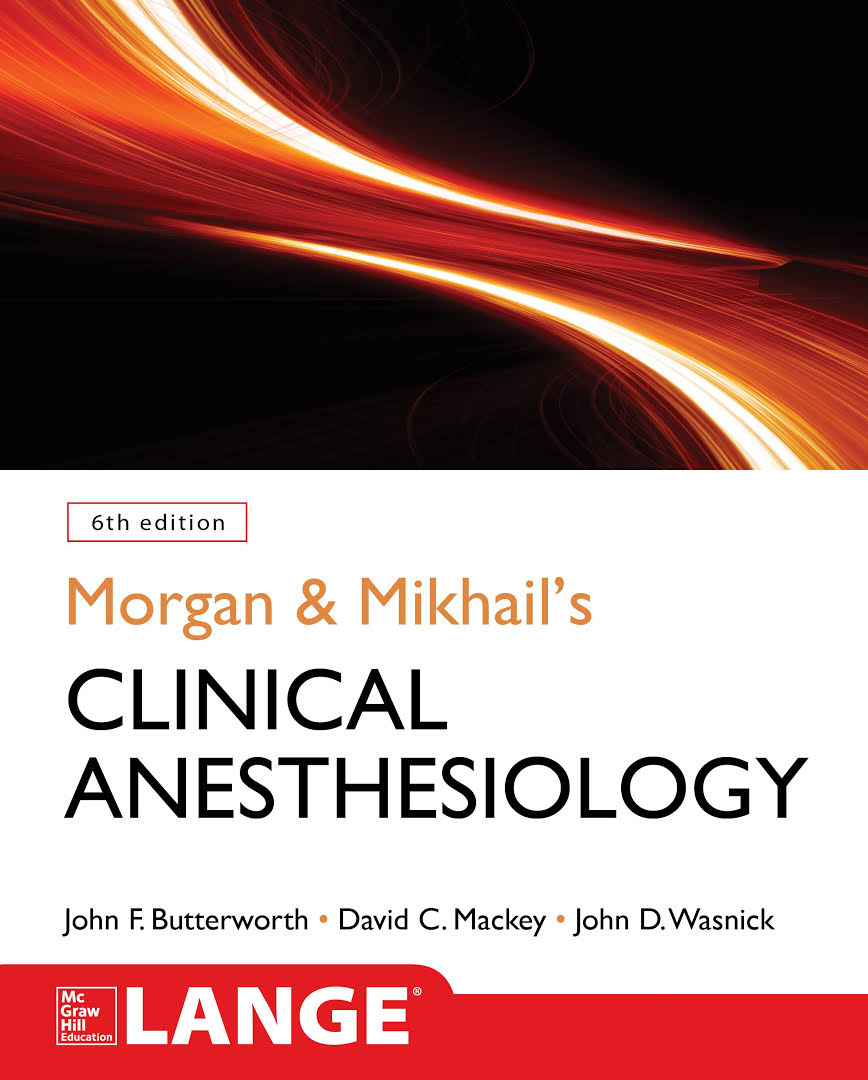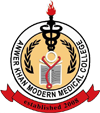Anwer Khan Modern Medical College
Library Management System

| Title: | Morgan & Mikhail's clinical anesthesiology. |
| Author Name: | John F. Butterworth |
| Author Sur Name: | BUTTERWORTH, John F |
| Other's Author Name: | David C. Mackey and John D. Wasnick. |
| Author information: |
|
| Edition/Published: | 6th edition _New York : Mc Graw Hill , 2018 |
| New to this edition: |
|
|
Physical Description: : <p>xix, 1393 pages : illustrations (color) ; 23 cm.</p>.; |
| Notes | Includes bibliographical references and indexes. |
| Includes Index: | 1361-1393 |
| ISBN No's: | 978-1-260-28843-8 |
| Bar Code's: | |
| Shelf Location's: |
| Classification | |
| Subject: | Anesthesiology |
| Dewey Class No: | 617.96 |
| LC Classification: | RD812018 |
| Other's Book Information | |
| Book ID No: | 2406 |
| Total Books: | 1 |
| Date of collection's: | 03-Jan-2019 |
| Language: | English |
| Status: | Available |
| Department: | Medicine |
| Synopsis: |
|
| Description: |
|
| Key Features: |
|
| Summary: |
Morgan & Mikhail’s clinical anesthesiology often includes divvied case scenarios, which helps readers apply the knowledge gained to real world situations. This interactive approach enhances critical thinking and problem-solving skills in anesthesia management. |
| Abstract: |
Morgan and Mikhail's Clinical Anesthesiology, 6th edition is a comprehensive textbook that covers the fundamental principles and practices of anesthesiology. The book aims to provide students, residents, and practicing anesthesiologists with a thorough and up-to-date understanding of the field. The topics covered in the book include preoperative evaluation and management, pharmacology, anesthetic practice, critical care medicine, and more. The 6th edition also features new chapters on Disaster Medicine, Preoperative Evaluation and Management, and Neurologic Monitoring. Overall, Morgan and Mikhail's Clinical Anesthesiology, 6th edition offers a comprehensive and accessible overview of the field of anesthesiology. |
| Preface: |
My, how time flies! Can half a decade already have passed since we last edited this textbook? Yet, the time has passed and our field has undergone many changes. We are grateful to the readers of the fifth edition of our textbook. The widespread use of this work has ensured that the time and effort required to produce a sixth edition are justified. As was true for the fifth edition, the sixth edition represents a significant revision. A few examples are worth noting: • Those familiar with the sequence and grouping of content in the fifth edition will notice that chapters have been reordered and content broken out or consolidated to improve the flow of information and eliminate redundancy. • The alert reader will note that the section on critical care medicine has been expanded, reflecting the increasing number of very sick patients for whom we care. |
| Content: |
Chapter Authors |
Related Books
- Davidson's principles and practice of medicine.
- Macleod's clinical examination
- Hutchison's clinical methods: an integrated approach to clinical practice
- Hutchison's clinical methods: an integrated approach to clinical practice.
- Davidson’s principles and practice of medicine.
- Davidson's principles and practice of medicine
- Rapid review of, clinical medicine
- Morgan & Mikhail's clinical anesthesiology.
- Talley & O'Connor's clinical examination : a systematic guide to physical diagnosis
- Macleod's clinical examination
